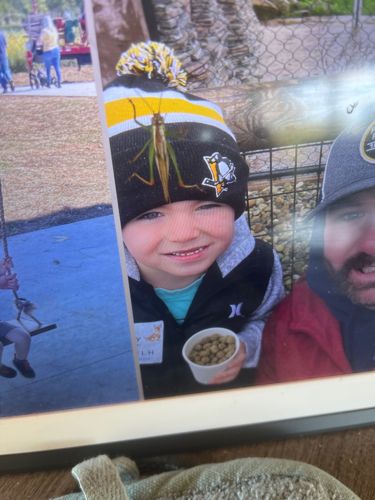Katydid
Scientific Name: Tettigoniidae (various genera and species)
Order & Family: Orthoptera, Tettigoniidae
Size: Typically from 1 cm to over 10 cm (0.4 to 4 inches) in body length, depending on the species. Some tropical species can be much larger.

Natural Habitat
Found in grasslands, forests, meadows, gardens, and other vegetated areas, often camouflaged among leaves and stems.
Diet & Feeding
Primarily herbivorous, feeding on leaves, flowers, and seeds. Some species are omnivorous, also consuming small insects. They use their strong mandibles to chew plant material.
Behavior Patterns
Nocturnal, with males known for their characteristic "katy-did" or "katy-didn't" calls produced by rubbing their wings together (stridulation) to attract mates. They are excellent at camouflage, mimicking leaves or twigs, and can jump quickly when disturbed. Females lay eggs in soil or on plants.
Risks & Benefits
Generally harmless to humans; they do not sting or bite. In large numbers, some species can cause minor damage to garden plants or crops, but this is rare. Ecologically, they are important primary consumers, converting plant material into biomass, and serve as a food source for birds, bats, and other predators. Their calls are a distinctive sound of summer nights in many regions.
Identified on: 9/11/2025